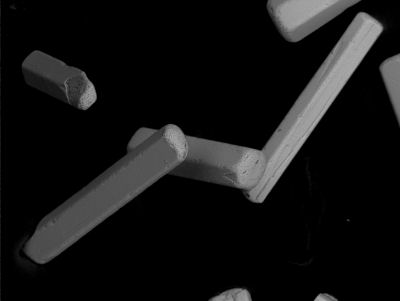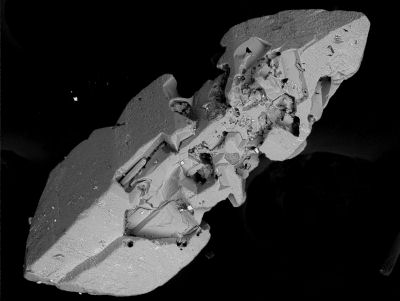|
Strona archiwalna!
Ta strona zawiera treści archiwalne, które nie były zmieniane po 23 września 2019 r. Jeśli chcesz wiedzieć więcej zapoznaj się z deklaracją dostępności
|
||||||
archiwum
 2006 2006
 2008 2008
 2010 2010
 2012 2012
 2014 2014 |
||||||

| ||||||
 |
 |
|||||

|
||||||
| strona główna założenia regulamin kalendarium wskazówki pobierz jury rejestracja zgłoszone projekty galeria gallery | archiwum kontakt | |||||
Description popularizing the research project It takes just a glance at a map to see how diversified the Earth is. Higher or lower hills of gentle or steep slopes, deep or shallow valleys, precipices, chasms or canyons. In maps, the pattern of forms and shapes is marked with a scale of colours unmistakably unique for each continent. In fact, it is so unique that many of them we perfectly recognize and show their place on a map. Outside atlases, in a real landscape, together with shapes and height, we can see the colour of rocks and their layering. We notice their brittleness or hardness, lustre or lack of it. We are not surprised at all that they had to be sorted, systematized and named with proper nouns like Pogórze Cieszyńskie (Teschen Foothills), and common nouns like... teschenite. Abstract Scientific group: dr Krzysztof Szopa and dr hab. Roman Włodyka. Initially, all the igneous rocks occurring in the Carpathian flysch in the Cieszyn Silesia area and Moravia, the Czech Republic, were called 'teschenites'. The term describes numerous magmatic rocks, which are mostly products of the alkaline igneous bodies. These rocks reveal a wide spectrum of chemical and mineralogical composition. They are mainly represented by: picrite, dolerite, basalt (pillow lavas) diabase, syenite, lamprophyre. These rocks are predominantly strongly weathered, often only remnants of the primary minerals. All the magmatic rocks from the studied area were de-posited as sills in the Early Cretaceous sediments. Radiometric dating of minerals, including high-precision apatite dating revealed their formation interval to be 128-120 million years ago. The collected samples and obtained preliminary geochemical data by the project's manager, suggest that examined rocks (minerals) in many cases show another age interval, that is ~140-145 million years ago. Moreover, in one case zircon crystals, which are virtually non-existent in this type of rock, were found. It would be the first case in the world, when zircon crystals in ultramafic vulcanite were dated. The aims of this projects are to describe and characterize the secondary processes that have strongly fingerprinted 'teschenites'. Detailed studies, will help explain behaviour of some elements (including REE) during hydrothermal processes. The results can be applied not only to Cretaceous volcanism of the Silesia unit (External Western Carpathians), but also to all Cretaceous primitive alkaline volcanic rocks in the Pieniny Klippen Belt as well as Fatric and Tatric units in the Central Western Carpathians. The obtained results can be also used to determine the genesis of the other Mesozoic alkaline rocks in Europe.
|


|
|||||













